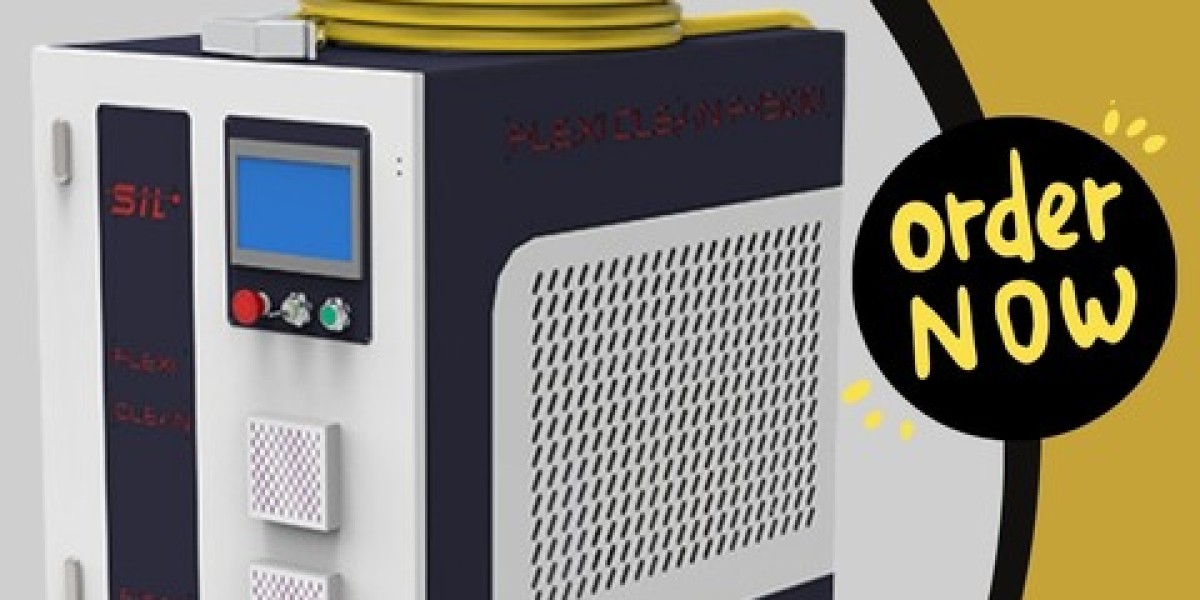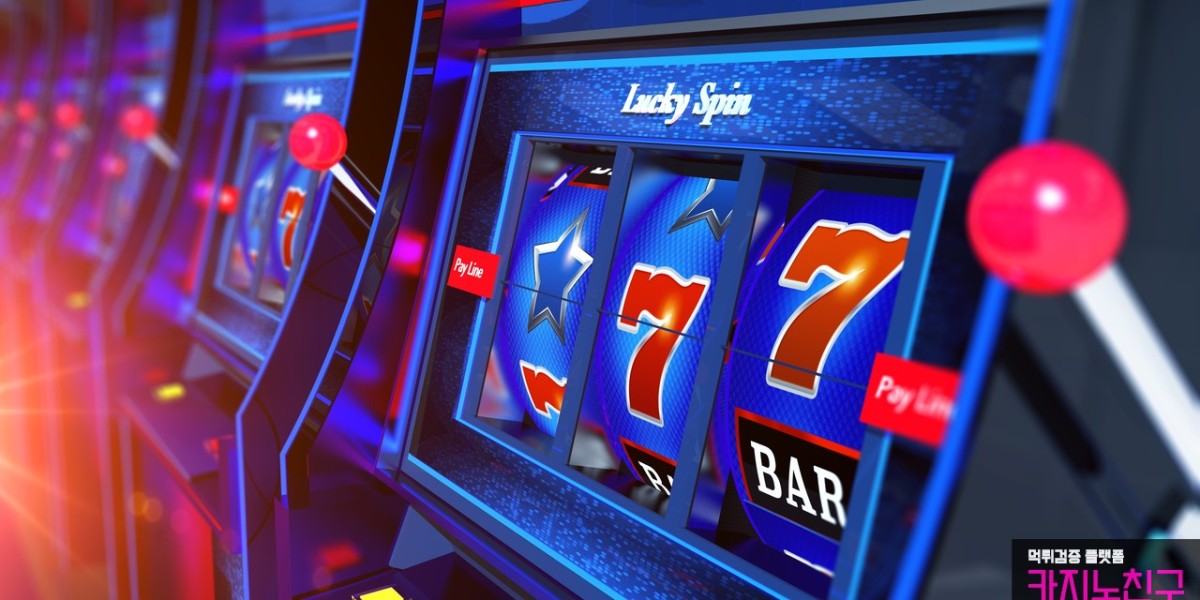This guide explores the truth about what a laser rust cleaner can do — especially when the problem is not just a flaking outer layer but rust that has eaten deep into the substrate.
Understanding the Laser Rust Cleaner Mechanism
A laser rust cleaner works by emitting a high-intensity laser beam onto the metal surface. When the beam hits the oxidized layer, the energy is absorbed by the rust — not by the clean metal underneath. This selective absorption causes the rust to vaporize instantly, a process known as laser ablation.
Rust, especially ferrous oxide, reacts differently than the base metal to specific laser wavelengths. This differential behavior allows the machine to target unwanted material without damaging the base metal. However, when it comes to deep rust, the challenge is not just removal but dealing with uneven surfaces and layered deposits that have chemically bonded with the substrate.
Types of Rust and How the Laser Reacts
Not all rust is created equal. Surface-level rust is flaky, loose, and easy to remove. Deep rust is aggressive, often pitted, and can chemically react with the base metal. Here's how a laser rust cleaner deals with both:
Surface Rust: Easily removed in a single pass. The laser strips away oxidation cleanly without touching the metal.
Pitted Rust: Requires multiple passes. The laser beam gradually removes oxidized layers embedded in micro-pits, but this takes time and careful energy adjustment.
Layered Rust: Often found on old equipment or marine parts. In these cases, laser cleaning is more effective when combined with surface preparation to maximize access to the lower layers.
In heavily corroded areas, the laser might not remove rust in one sweep. It works slowly and safely, removing corrosion layer by layer. But the precision and cleanliness of the method often make it the preferred solution over blasting or chemical cleaning, which can damage the base material or require extensive post-cleaning processes.
What Makes Laser Rust Cleaner Suitable for Deep Corrosion?
The effectiveness of a laser rust cleaner on deep corrosion depends on a few factors:
Wavelength and Pulse Duration
Machines designed for industrial rust removal typically use nanosecond or picosecond pulsed fiber lasers. These short bursts allow for controlled ablation. In deep rust scenarios, pulse control is key to avoid substrate damage.Power Output
Higher power lasers (1000W or more) can ablate thick layers faster. But speed must be balanced with precision. In deep rust cases, operators slow down movement to allow deeper penetration of the beam over time.Beam Spot Size and Focus
Tight focus enables deeper energy penetration. Adjusting the focal length and spot size lets the operator tune the cleaning for surface or deeper rust layers.Scan Strategy
Operators use overlapping scan paths or circular motion to go over corroded zones multiple times. This ensures even coverage and gradual deep cleaning.
All these controls combine to make laser cleaning not just suitable for surface oxidation, but also competent for tackling serious corrosion — as long as the process is handled with care.
When Rust Has Severely Damaged the Metal
In some cases, corrosion has penetrated so deep that the metal has structurally weakened or become porous. Here, the laser rust cleaner can remove all oxidized layers, but what remains might be a pitted surface that’s no longer smooth or usable in high-performance applications. The laser doesn’t fill gaps or restore metal — it only cleans.
In such cases, after laser cleaning, the part might require additional restoration like welding, resurfacing, or coating. This is particularly true in industries like automotive restoration, shipbuilding, or antique preservation, where rust is decades old and deeply rooted.
Applications Where Deep Rust Cleaning Is Critical
A laser rust cleaner is now widely used in industries where both surface and deep rust removal are essential. Some real-world examples include:
Railway maintenance: Cleaning old train parts that have layers of corrosion built over years of exposure.
Military refurbishment: Restoring tanks or machinery exposed to saltwater and humid environments.
Construction tools: Repairing excavators, cranes, and scaffolding with deeply rusted joints.
Oil & gas: Removing thick rust from offshore rig components and pipeline equipment.
In these areas, conventional cleaning methods (like sandblasting or acid treatments) either leave behind residues or damage the substrate. Laser cleaning, while slower in some cases, offers non-contact, residue-free rust removal, even in sensitive or detailed areas.
Operational Considerations for Deep Cleaning
To get the most out of a laser rust cleaner, especially in deep corrosion tasks, users must pay close attention to:
Cleaning speed: Deep rust requires slower passes. Rushing may only clear surface rust, leaving embedded corrosion intact.
Number of passes: One pass is rarely enough. Professional operators often repeat the scan 2–4 times, increasing exposure carefully.
Cooling and ventilation: As deep rust removal produces more particulate and heat, a good extraction and cooling system is essential to maintain beam integrity and operator safety.
Post-cleaning inspection: Using microscopes or surface profilometers helps check whether all corrosion has been removed or if re-cleaning is needed.
These details make the difference between mediocre cleaning and a complete, professional job — especially on critical components.
Why Laser Rust Cleaner Is Still the Preferred Tool
Despite the time it may take for deep cleaning, industries still choose laser rust cleaners for specific reasons:
Selective cleaning: Only rust is vaporized, not the base metal.
Minimal post-processing: No residues or chemical contamination.
Eco-friendly: No abrasive materials or chemical waste.
Precision: Safe for delicate parts like engraved metal, electrical terminals, or aerospace components.
These attributes make it an ideal tool when deep corrosion needs to be addressed without compromising material integrity.
Final Thoughts
So, is the laser rust cleaner limited to surface-level oxidation? Absolutely not. With the right settings, power levels, and handling expertise, a laser rust cleaner is highly capable of tackling deep rust, even in challenging industrial environments. While it may not reverse the damage caused by corrosion, it is the most precise and safe method available for removing it — layer by layer — without damaging the base metal. When dealing with embedded corrosion, it’s not just about stripping rust but preserving the integrity of what lies beneath, and laser technology excels at doing just that.







